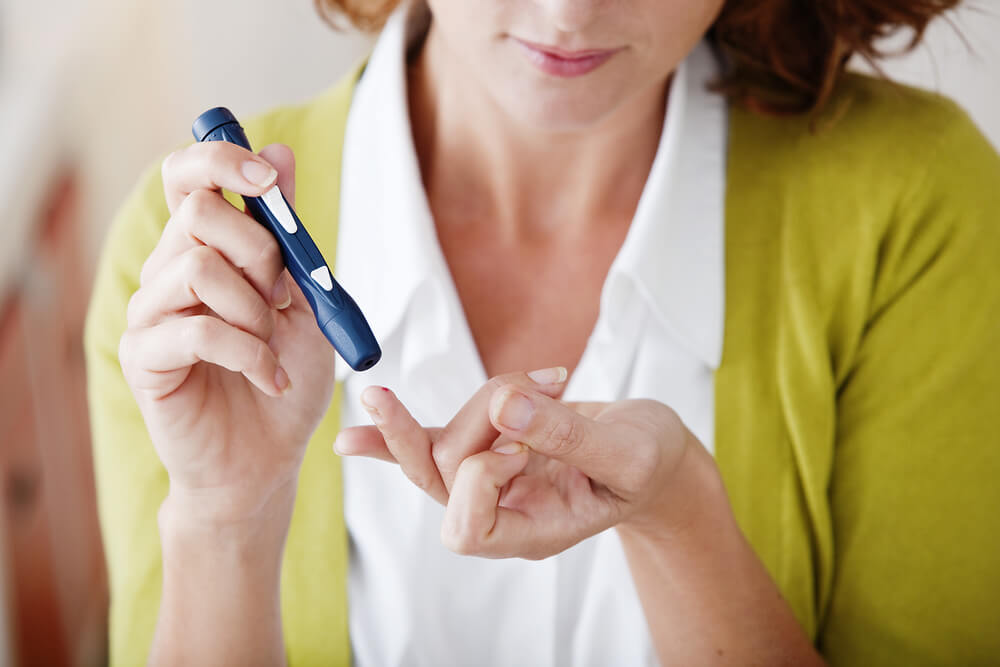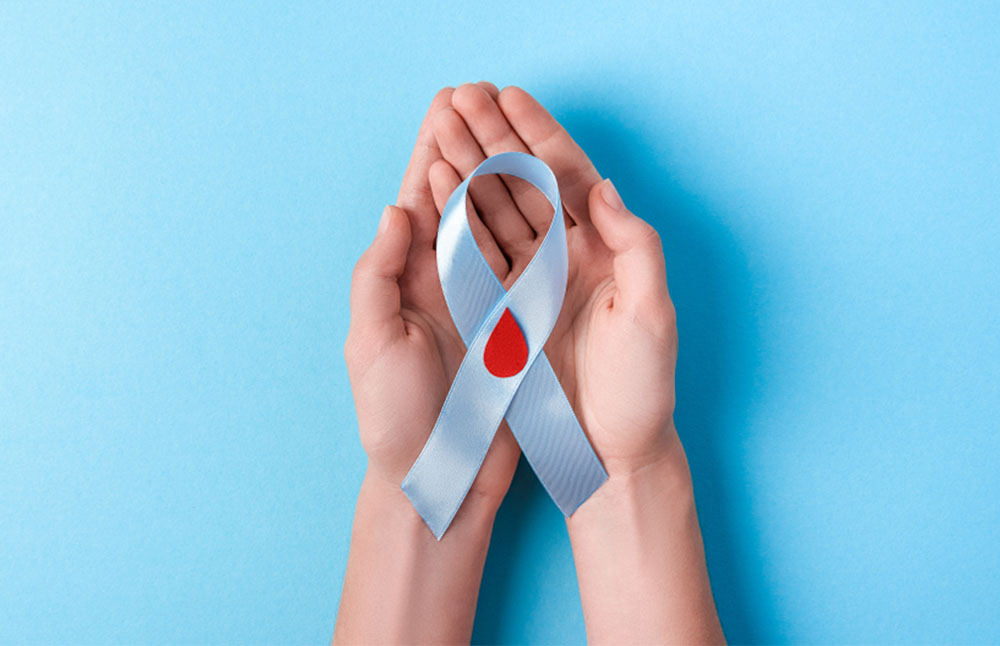
Unusual Symptoms of Diabetes
When it comes to health conditions that people assume they know a lot about, it would be fair to say that diabetes is right up there near the top of the list. Even if you don’t have diabetes yourself, or even if you don’t personally know anybody who suffers from it, diabetes is one of the health problems that you hear mentioned a lot, and assume that you have learned a lot about simply by osmosis.
However, that isn’t always the case. There may well be a few diabetes experts among us, but when it comes to really knowing about the wide ranging and varied issue, the truth is that your small knowledge of diabetes probably doesn’t even scratch the surface!
With this in mind, we think it that is time to really educate yourself on a health issue that is very serious all over the world. Let’s take a look at what diabetes actually is, and the differences between type 1 and type 2. Once you’ve got the differences sorted in your mind, we’ll move on to highlighting some of the more unusual symptoms of diabetes, both type 1 and type 2, that most people outside of the medical profession don’t necessarily know about.
What is Type 1 Diabetes?
The kind of diabetes that is categorised as being ‘type 1’ is when your pancreas doesn’t make any insulin, or makes very little insulin. In case you didn’t know, insulin is a hormone that helps blood sugar to enter the cells in your body where it can then be used for energy. When insulin isn’t working in the ways that it should, the all-important blood sugar is not able to make its way into your cells, instead being left to build up in your bloodstream.
The important thing to remember about type 1 diabetes is that type 1 is mainly congenital, although it can develop or be acquired. This kind of diabetes is passed on through your genetic make up, meaning that if one or both of your parents suffered from it, then you are much more likely to suffer from it too.
In the vast majority of cases, type 1 diabetes is not something that can be cured or reversed, but rather has to be managed over the course of a lifetime using methods such as insulin injections to counterbalance the body’s natural insulin resistance.
What is Type 2 Diabetes?
So now you know all about type 1, what about type 2? Type 2 diabetes is a form of diabetes that results in the same kind of insulin resistance problems that type 1 does, but the key difference is that type 2 typically affects the obese, because it is largely related to a person’s bad life choices regarding their diet and bodyweight.
With type 2 diabetes, a person’s high blood sugar is present as a result of overeating and gaining too much body weight. This is different to the genetic issues of type 1 sufferers in which their own immune system is systematically attacking and destroying the amounts of insulin being produced by their pancreas.
Unlike type 1, however, type 2 diabetes is something that can be reversed. If a patient can commit to significant lifestyle changes such as diet and exercise to achieve sufficient weight loss, then the high blood sugar levels that they are experiencing can indeed be reduced to a point where they do not register on the diabetic scale anymore.
Unusual Symptoms Of Diabetes
Now that you have a better basic understanding of what the differences between type 1 and type 2 diabetes actually are, let’s take a closer look at some of the unusual symptoms that both types share. Many people will be familiar with the more common symptoms, but it is always good to know as much as you can just incase you ever feel like you might be at an increased risk.
Here is a list of the some of the key unusual symptoms of diabetes that it is really worth knowing and looking out for for future reference.
More Frequent Urination

Frequent urination is regarded as one of the earliest signs of diabetes, especially if you are up and down at night. This is a clear sign from your body that your blood sugar levels are too high. You will find that you also have to take more trips to the bathroom after drinking sugary drinks and sweetened foods. The reason for this change is that the high blood sugar levels act much like a water pill.
Excessive Thirst

Annoyingly, to coincide with excessive urination, you will also find that you develop a much higher level of thirst. This will be accompanied by a very dry mouth and dry skin around the lips that you will want to keep remedying by drinking more fluids. It becomes a very unhelpful cycle that isn’t always easy to connect and identify as high blood sugar and diabetes.
Frequent Yeast Infections

Sugar is something of a magnet for yeast and bacteria, and when your blood sugar is so high, you will find that you develop regular yeast infections. This is more common in women than in men, and the infections will usually not respond to treatment until your high blood sugar has been addressed.
Blurry Vision

When your blood sugar is so high, it can actually cause periods of blurred vision. High blood glucose levels can cause distortion of the light waves in the eye. Lots of people go to eye doctor thinking they need glasses, and come out with a diagnosis of pre-diabetes or something worse.
General Exhaustion

Elevated blood sugar can lead to many people feeling extreme fatigue. The reason for this is that the glucose in your bloodstream isn’t able to be turned into the energy that you need, meaning that you have no endurance for things like exercise or even just completing a normal day. Over time, this can lead to serious complications such as kidney diseases, nerve damage, blood vessel damage, skin infections and even stranger things like fruity smelling breath.
Dry Skin And Itchy Skin

Excessive urination can lead to dehydration, and as a result of the dehydration you might find that your skin cells are affected. This will be in the form of dryness, itchiness and even dark patches. If you can’t sort your fluid levels out in time, it can result in damaged nerve fibers.
Sudden Drop In Weight

Another of the unusual symptoms of diabetes is losing weight at a fast and unexplainable rate. Unexplained weight loss can sometimes be mistaken for healthy living, but it is a key symptom of undiagnosed diabetes where your body starts burning fat because it isn’t getting the energy it needs from your blood glucose. This weight loss won’t only be thanks to losing fat cells, but it will also be muscle mass which is not a desirable outcome and can even lead to things like extreme hunger.
Conclusion
The important thing to remember about all of these common symptoms and unusual symptoms alike is that, while pointing towards the diagnosis of a chronic disease, it isn’t always going to be the case.
If you do experience any of the above and don’t have a specific reason for it, then you should take it as a warning sign to seek medical advice and attention. It may be the case that you are not yet at the full blown diabetes stage, and therefore an early diagnosis is the best possible thing that you should want.
If left untreated, things like high blood pressure, digestive and kidney diseases, gestational diabetes, slow healing wounds, increased urination and overall too much sugar can lead to progressive illness that is very hard to come back from.
Unmanaged diabetes will make it much harder to fight infections, and mixed with other problems like poor circulation, polycystic ovary syndrome, and more, excess sugar and a failure to produce insulin properly is only ever going to lead to a whole slew of more serious complications as you age.
The symptoms outlined above might not be the most common, but you should regard them as some of the most important risk factors to remember. It isn’t all about high blood pressure and ruined blood vessels, the rarer symptoms of diabetes are much more wide ranging than that.







